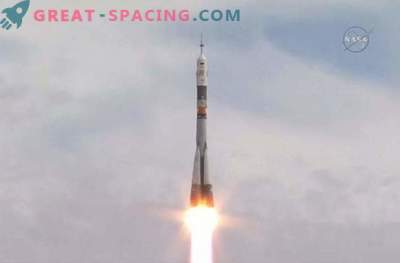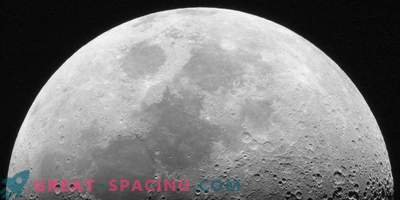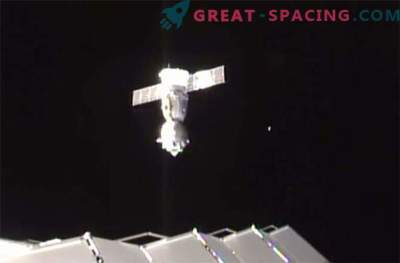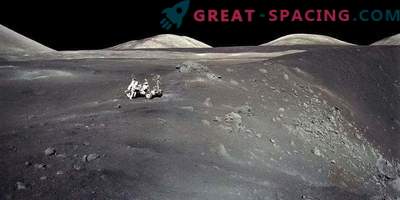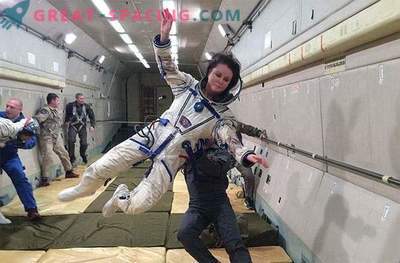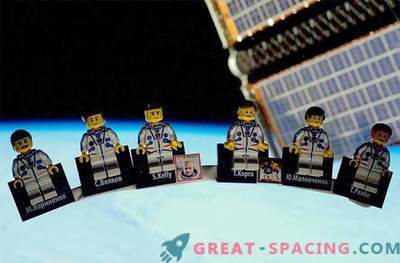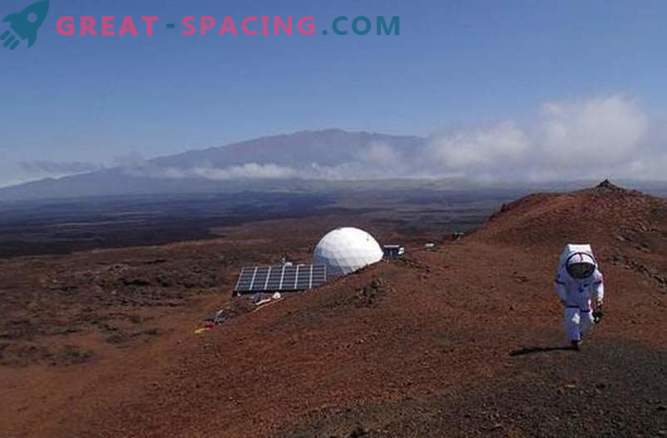
On Friday (August 28), six scientists left the convenience of civilization to live in isolation for a year. Their mission will mimic the presence on Mars.
The six team members will live together for 365 days, locked in a dome that is 11 meters wide and 6m high, which is located in a remote place on the island of Hawaii. They will not have contact with people outside the dome. This is the fourth and longest of these missions, the purpose of which is to find out how people will perceive the isolation they face on Mars.
"We hope that this mission will help us understand the social and psychological factors that will occur with those participating in long-term space missions," said Kim Binsted, a senior HI-SEAS researcher at the University of Hawaii, in a statement.
The HI-SEAS project, created with the support of the University of Hawaii at Manoa, has already conducted similar experiments: two 4-month missions in 2013 and 2014, respectively, and an 8-month mission, which ended in June 2015. During these missions, crew members were allowed to leave the dome in spacesuits and participate in recreational activities, in particular to explore the local environment.
The team has a year's supply of food and water. The stock of products that the team will have to use during the year is similar to that used by the crew of the ISS. Team member Shane Gifford wrote on Saturday (August 29): "The first dinner in the simulated space: cheese and turkey Quesadilla." The team’s habitat has a laboratory, a kitchen, a common work area, a gym, a dining room and a bathroom. On the second floor there are six small bedrooms and a bathroom.
"The current mission will focus on the cohesion and productivity of crew members," the statement said. "HI-SEAS researchers are developing an effective team and strategy that will allow the crew to send successfully to Mars and back, which is estimated to take about three years."
The researchers will be behind six crew members thanks to cameras, body motion sensors and other methods. Researchers will collect data on cognitive, social, and emotional factors that may affect team performance.
The crew consists of three women and three men; Four crew members are Americans, one Frenchman and another German. Six crew members have a wide range of skills and specialties, including in the field of physics, soil science, biology, medicine, space flight, astrophysics and architecture.
According to the statement, the program was awarded a NASA grant in May of this year. These funds will be used to support the research project and funding until 2018.
